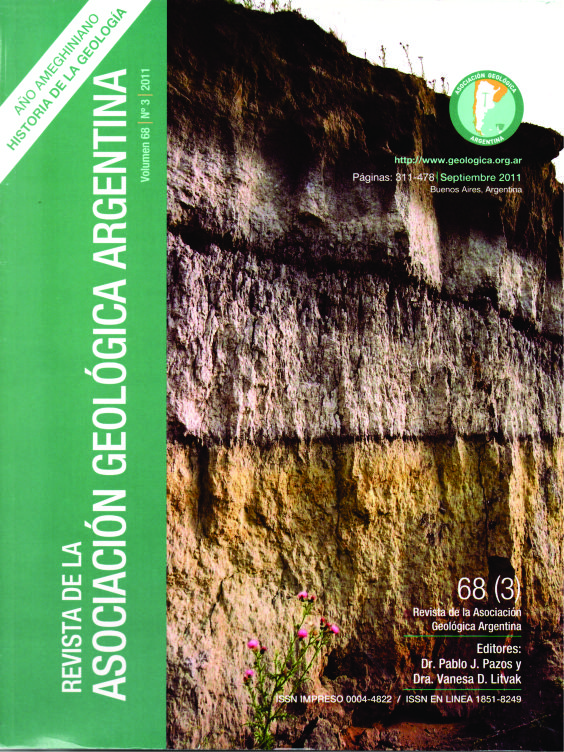The geological perspective of Italy and Chile by Abbot Juan Ignacio Molina between the 18th And 19th centuries
Main Article Content
Abstract
The first geological observations in Chile can be traced to Juan Ignacio Molina, a Jesuit priest who was born in 1740 in Chile and died in 1829 in Bologna, Italy. He received a scholarship education with a strong leaning towards philosophy, the humanities and the sciences at the Jesuit College in Concepcion. In 1767, when all the Jesuits were expelled from Chile and the Spanish colonies, he took refuge in Italy, first in Imola and then in Bologna where he taught Greek at the university and later natural sciences at the Archiginnasio. During his stay in Bologna at the end of the 18th century, the Jesuit community continued to play an important role in the teaching of the sciences in spite of the napoleonic occupation. In Bologna, as early as the 16th century, Ulisse Aldrovandi was developing new concepts in geology with his study and systematic collection of fossils. At the beginning of the 18th century, the naturalist and oceanographer l.F . Marsili and one of the fathers of paleontology, G. Monti, built of Aldrovandi’s work and contributed to the growth of the science Institute and the natural History museum in the city. It was in this cultural context that in 1782 molina published in Italian language the Saggio Sulla storia naturale del Chile. The book was divided into four chapters, the first two of which dealt with the earth sciences. In this work Molina repeatedly compares the north-south stretched landscapes, the volcanic activity and the geology of Italy and Chile. His next work,...
Article Details

This work is licensed under a Creative Commons Attribution-NonCommercial 4.0 International License.
Nota de copyright
Los autores conservan los derechos de autor y garantizan a la revista el derecho de ser la primera publicación del trabajo licenciado según una licencia de atribución Creative Commons que permite a otros compartir el trabajo con el reconocimiento de la autoría y de la publicación en la que se publicó por primera vez.
Declaración de privacidad
Los nombres y direcciones de correo electrónico introducidos en esta revista se usarán exclusivamente para los fines declarados por esta revista y no estarán disponibles para ningún otro propósito u otra persona.

